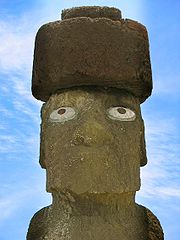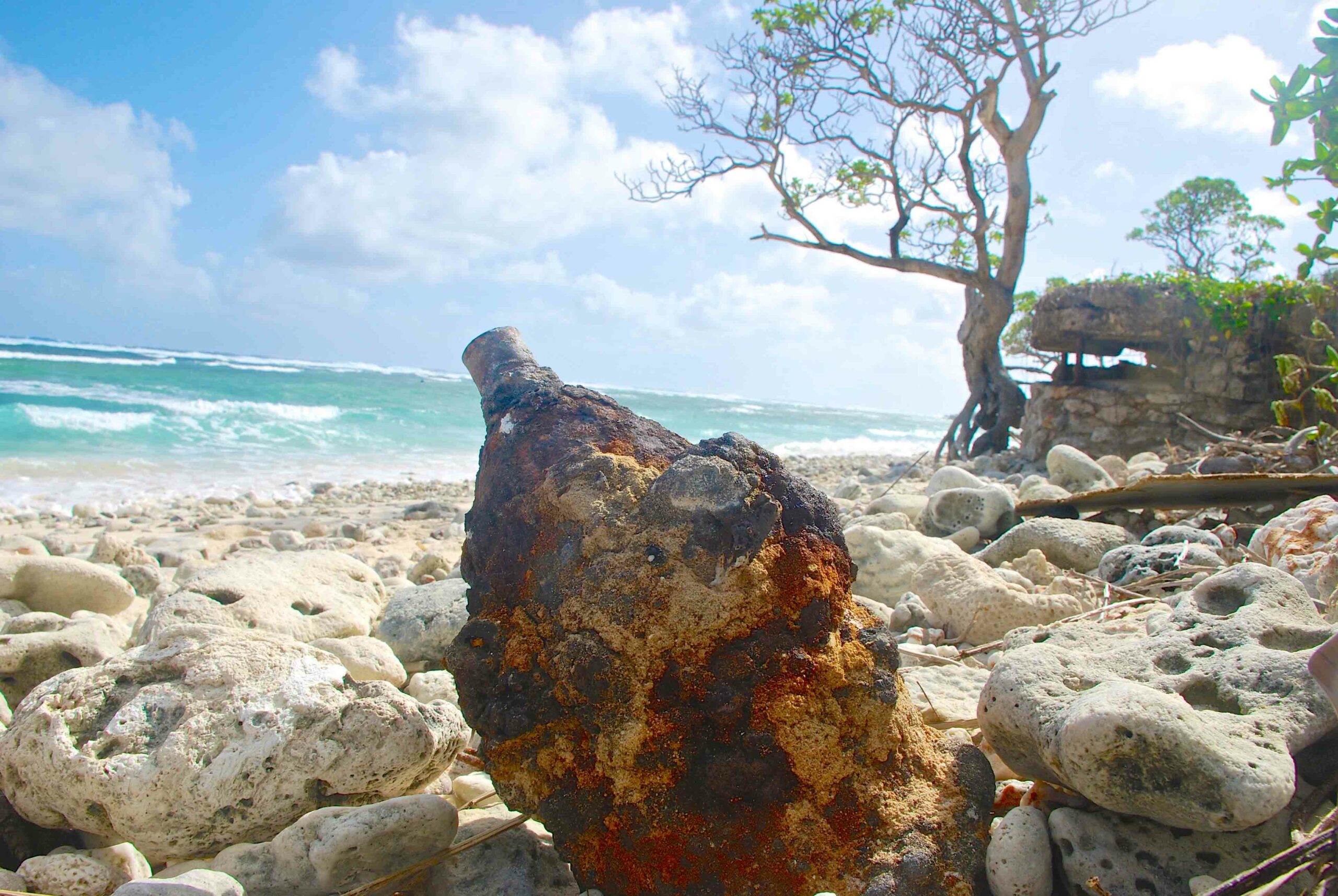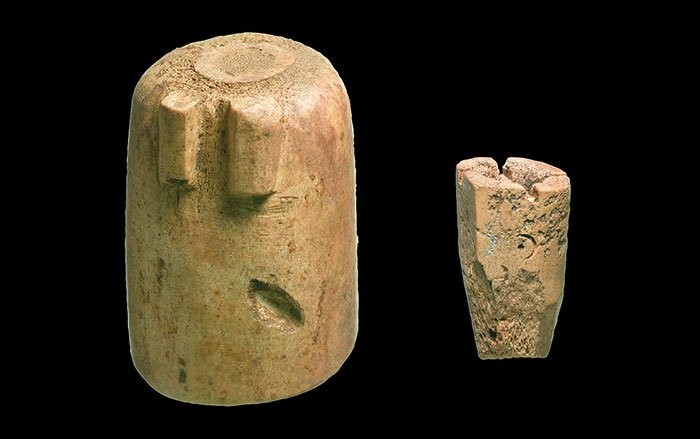
SAN FRANCISCO, CALIFORNIA—Sean Hixon, a student at the University of Oregon, presented a paper at the annual meeting of the Society for American Archaeology on possible ways that the pukao, or headgear worn by Easter Island’s moai, might have been put in place by the Rapa Nui. Hixon and his team modeled the force and torque needed to move the sculpted volcanic rock, which could weigh 12 tons, into place with different techniques, including rolling the stones up a ramp to the top of the statues, building a tower and using a pulley system, or erecting the pukao and moai simultaneously. “It seems like a relatively small number of people could have done it, either by levering or rolling,” Hixon told Live Science. The oblong shape of the carving would have prevented it from rolling down the ramp by accident, and a small lip at the base of the pukao could have kept it from tipping over during placement. “The base indentation isn’t really necessary for the hat once it’s on the statue. The hats are pretty massive. It’s not like they’re going to fall off without the base indentation,” he said. Other indentations and marks on the red volcanic rock may have provided traction for rolling the pukao up a ramp, but erosion and damage make it difficult to determine if the marks were place deliberately. To read more about experimental archaeology, see "The Neolithic Toolkit."










